Grim discovery in Adolf Hitler’s secret wartime headquarters
A sinister find among the ruins of the secret wartime headquarters of one of Hitler’s closest commanders has sparked disturbing new theories.
A grim discovery in a secret Nazi wartime headquarters has fired murderous speculation about one of Adolf Hitler’s henchmen – Luftwaffe commander Hermann Goring.
The Nazi regime is despised for its industrial-scale slaughter of Jews, Jehova’s Witnesses, homosexuals, gypsies, political opponents and people with disabilities.
But did one of its favourite sons – and Hitler’s designated successor – take such matters into his own hands?
The sinister discovery of a shallow grave under his exclusive residences in Hitler’s secret forest Wolfsschanze headquarters (Wolf’s Lair) has fired speculation.
Was this some haunting Nazi ritual?
An inconvenient personal clash?
Or nothing to do with Goring whatsoever?
“Everyone wondered what might have happened there... we tried to think of something, but nothing reasonable comes to mind,” excavator Dominik Markiewicz told Reuters.
“We didn’t know what we were dealing with at all. Were they some occult rituals of Third Reich fanatics? We have no idea.”
Members of the amateur Latebra Foundation were fossicking among the ruins on February 24.
One of them unexpectedly spotted part of a skull among the dust. They immediately called the police.
Forensic investigators went on to discover the badly decomposed remains of five bodies just 10-15cm beneath the surface of what had been one of Goring’s rooms.
They included an infant, a child of about 10, two mature adults and an elderly person.
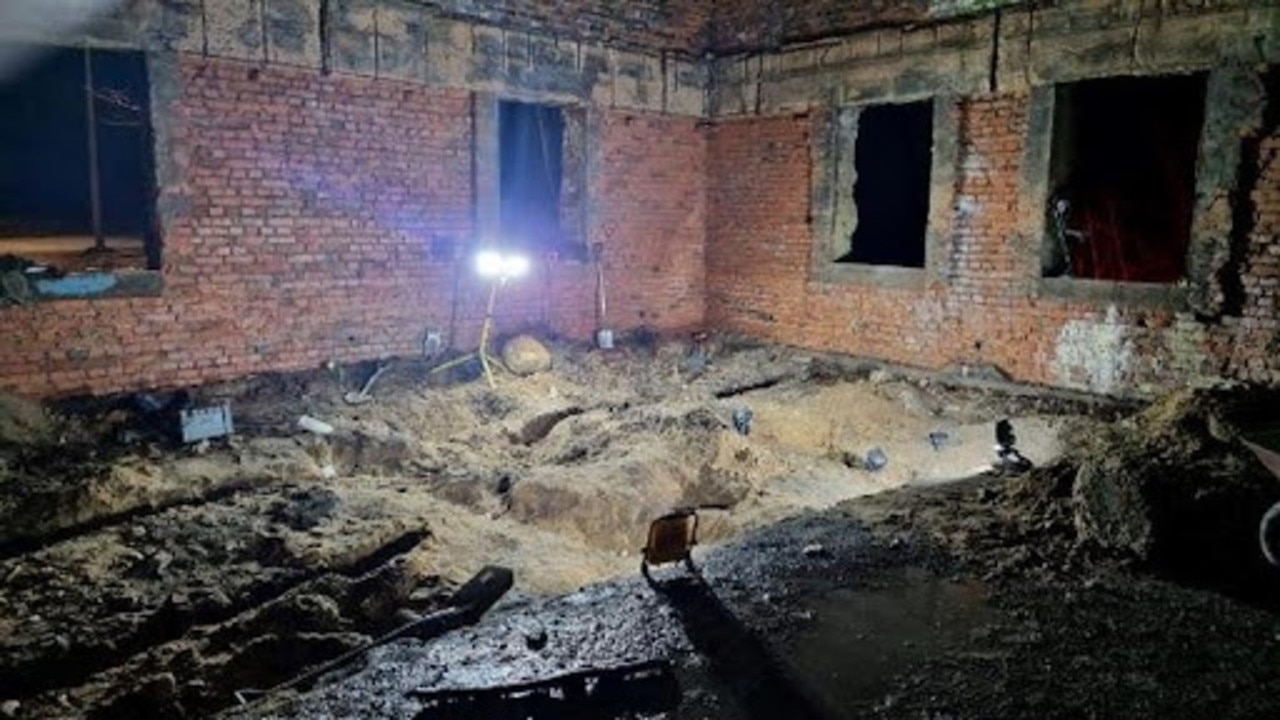
A pigeon in the Wolf’s Lair
The Wolf’s Lair was one of several headquarters used by Hitler to direct his various World War II campaigns. The secret, self-contained complex of 200 buildings spans some 250 hectares, housing 2000 military staff and service personnel.
It was hidden in the remote Masurian woods near the present-day village of Gierloz. At the time, this was part of Germany’s East Prussia.
From here, Hitler directed Operation Barbarossa – his treacherous invasion of Russia barely two years after signing the Molotov-Ribbentrop mutual non-aggression pact with Joseph Stalin in 1939.
After the war, the medieval-era Baltic Sea enclave carved out by crusading Teutonic Knights was divided between the Russian district of Kaliningrad and northeast Poland.
Now, the Wolf’s Lair is part of a Polish national park.
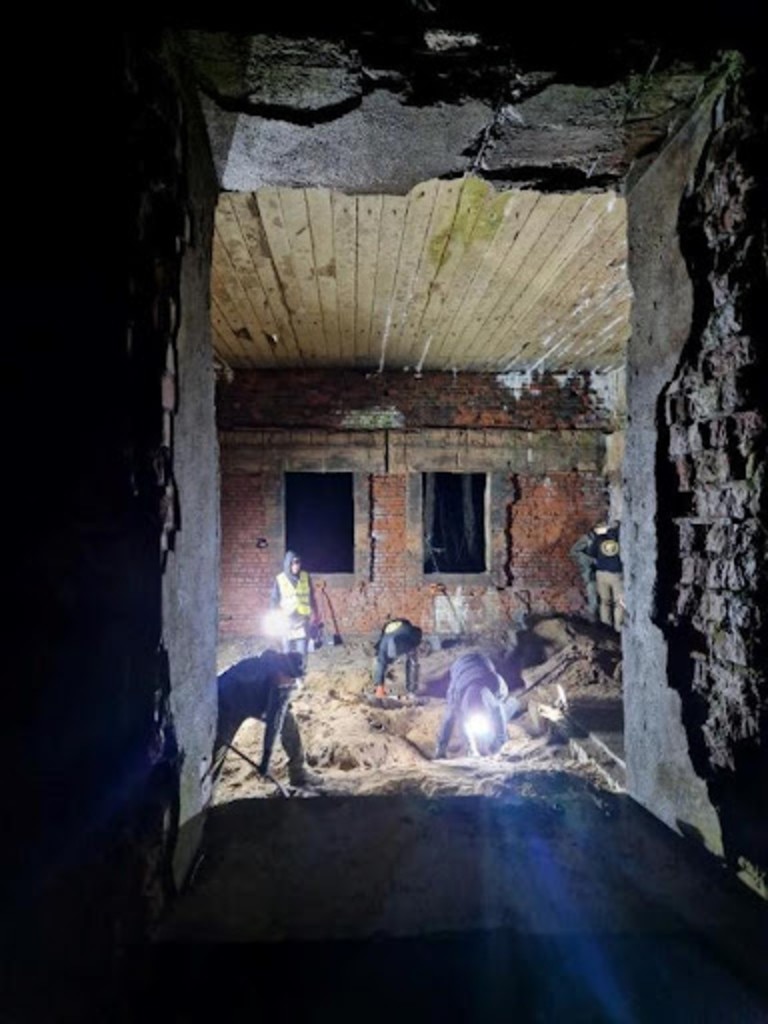
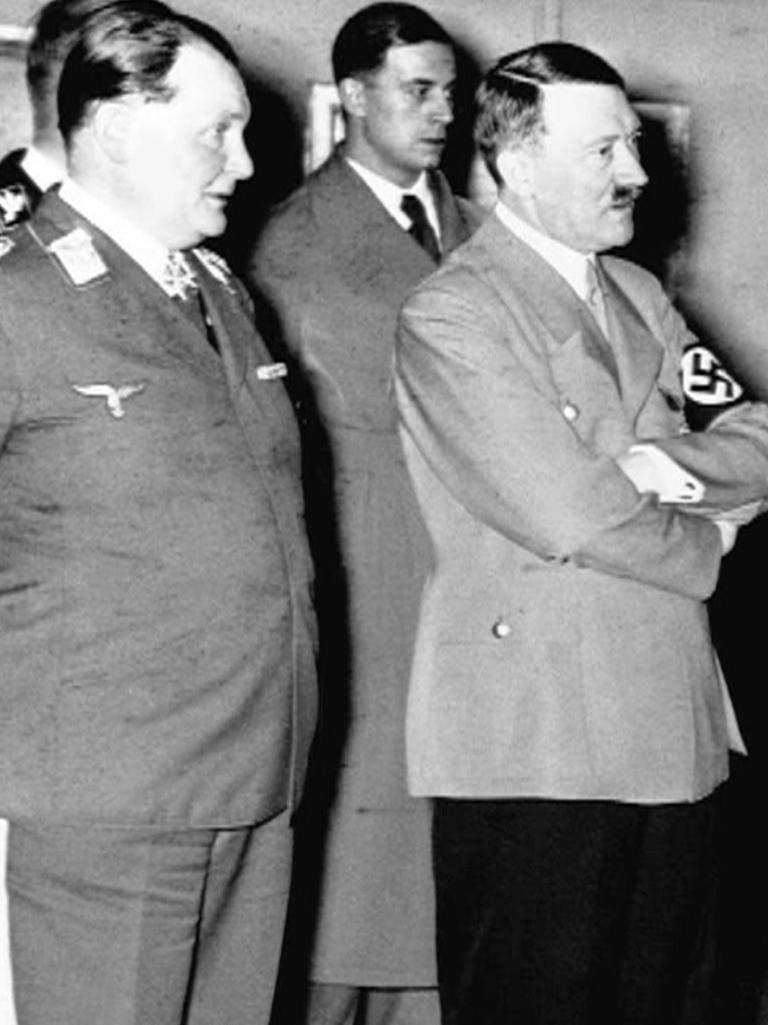
Much of the site was destroyed in 1945 by retreating German forces ahead of the advancing Soviet Red Army. After the war, it was declared “off limits”.
Then, in the 1990s, the ruins were reopened as a tourist attraction – with its centrepiece being a reconstruction of the conference room where a suitcase bomb was detonated in 1944 in an effort to assassinate Hitler.
But the remainder of the site remains in severe disrepair.
With national parks permission, the 30-member Latebra Foundation has been scouring the ruins for several years in search of memorabilia and artefacts. Until now, their finds had been limited to the likes of lost uniform buttons and insignia.
But a peek under the floorboards of Goring’s ruined villa in February changed everything.
This building was unique among the Wolf’s Lair’s simple residences.
The Luftwaffe commander was renowned for living a lavish lifestyle at several mansions across Germany. And he’s believed to have only briefly used his Wolf’s Lair villa when summoned to conferences by the Fuhrer.
“Goring was a lover of splendour,” the chief of the Polish Government’s Srokowo Forest District, Zenon Piotrowicz, told local media.
“His house contained works of art, hunting trophies, wainscoting, fireplaces, and floors. The house had a partial basement. The remains were found in a place where there was no basement, in a section the size of a medium-sized room.”
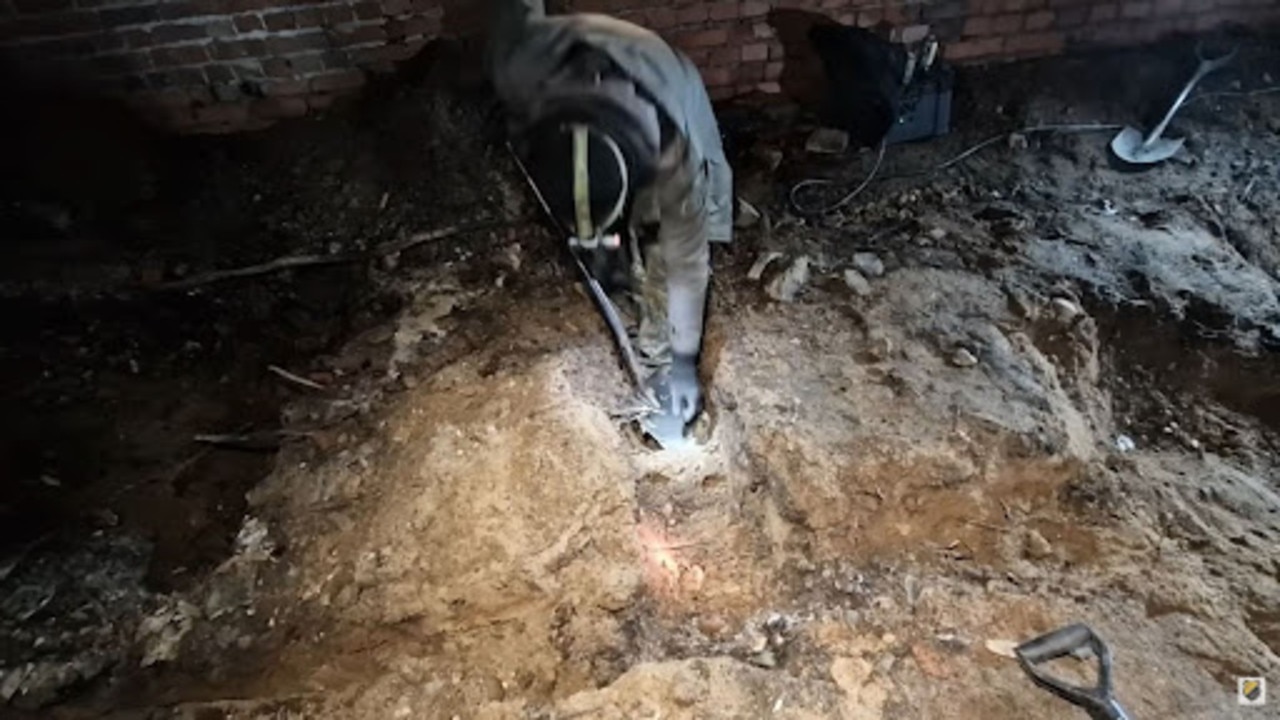
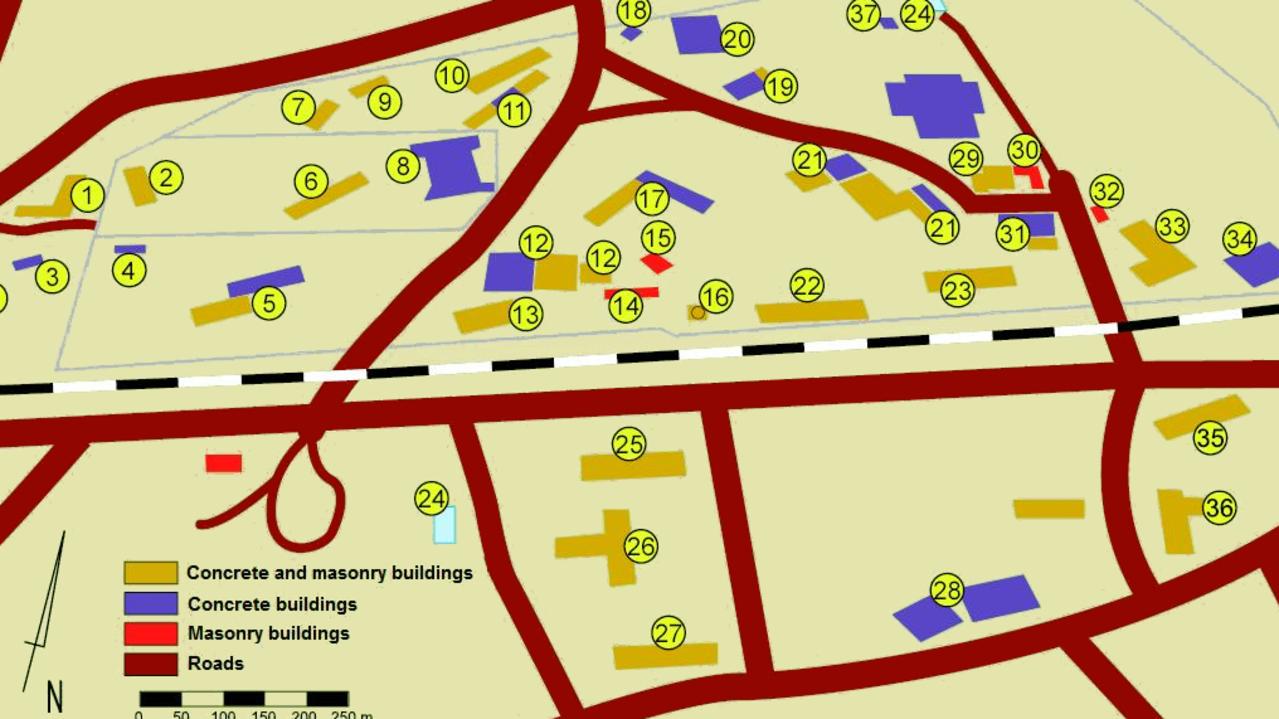
Unchained imaginations
The cult the Nazi Party attempted to create around their imaginary Third Reich continues to echo through the ages.
Ultima Thule, a name historically applied to islands beyond the boundaries of the known world, was appropriated as the destination of Aryan racial “purity”.
Even the Atlantis myth was swept up and distorted as describing the source of Nazi supremacy.
Both were central to Hitler’s attempts to create a new religion.
His chief propagandist, Heinrich Himmler, built a temple to the Atlantean-Ultima Thule cult. He also designed a new capital city based on what he believed to be sacred geometry.
This prompted the excavators to speculate whether or not this group – spanning childhood, youth, adulthood and old age – represented a ritualistic Nazi sacrifice.
“An unusual burial with strange features,” Markiewicz said. “Without clothes … without hands and feet. And there were also minors … so we don’t know what happened there. And the complex, the house, the Herman Goering villa are very telling too.”
Belemnite fossils – a pointy squid-like creature from the Late Triassic – were reportedly found near the bodies. These have been associated with ritualistic burials in the past. But they are also a naturally occurring feature of that part of Poland.
“It is puzzling that, apart from skeletons, no other artefacts were found that are usually found in burial places, such as belt buckles, buttons, or clothing,” Srokowo Forest chief Piotrowicz added.
“This suggests that naked bodies were buried. The remains also lack hands and feet”.
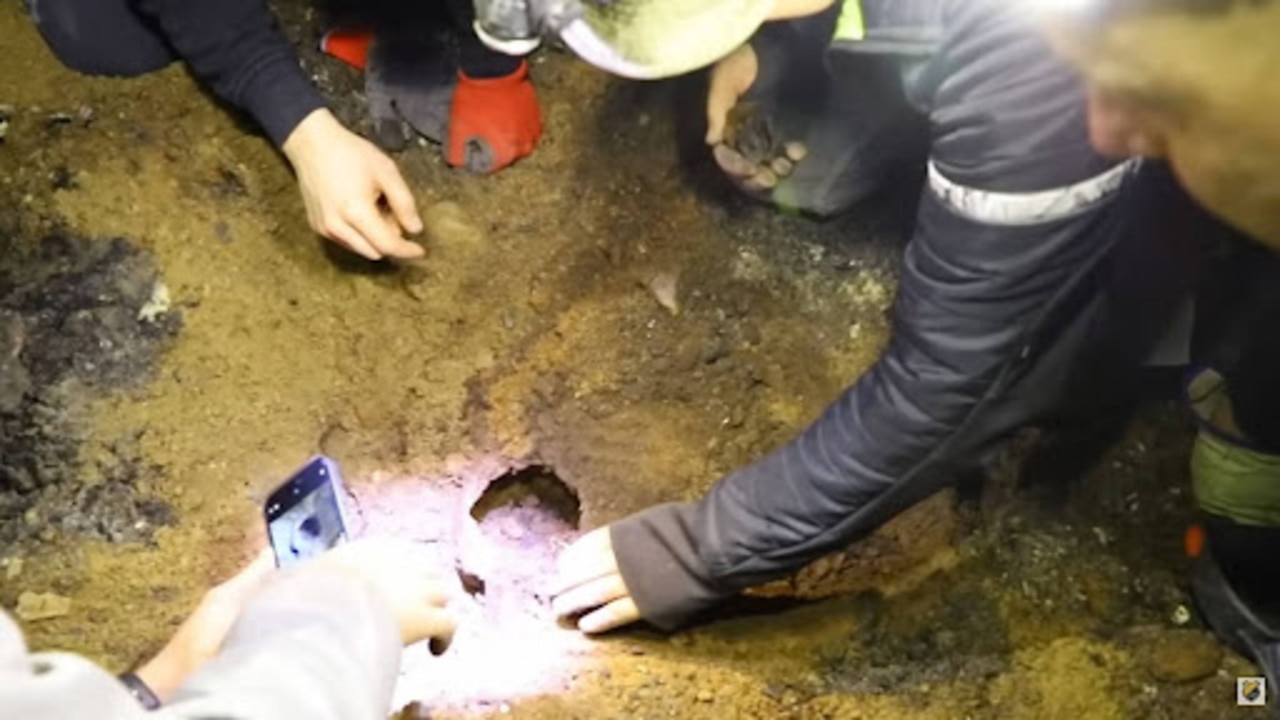
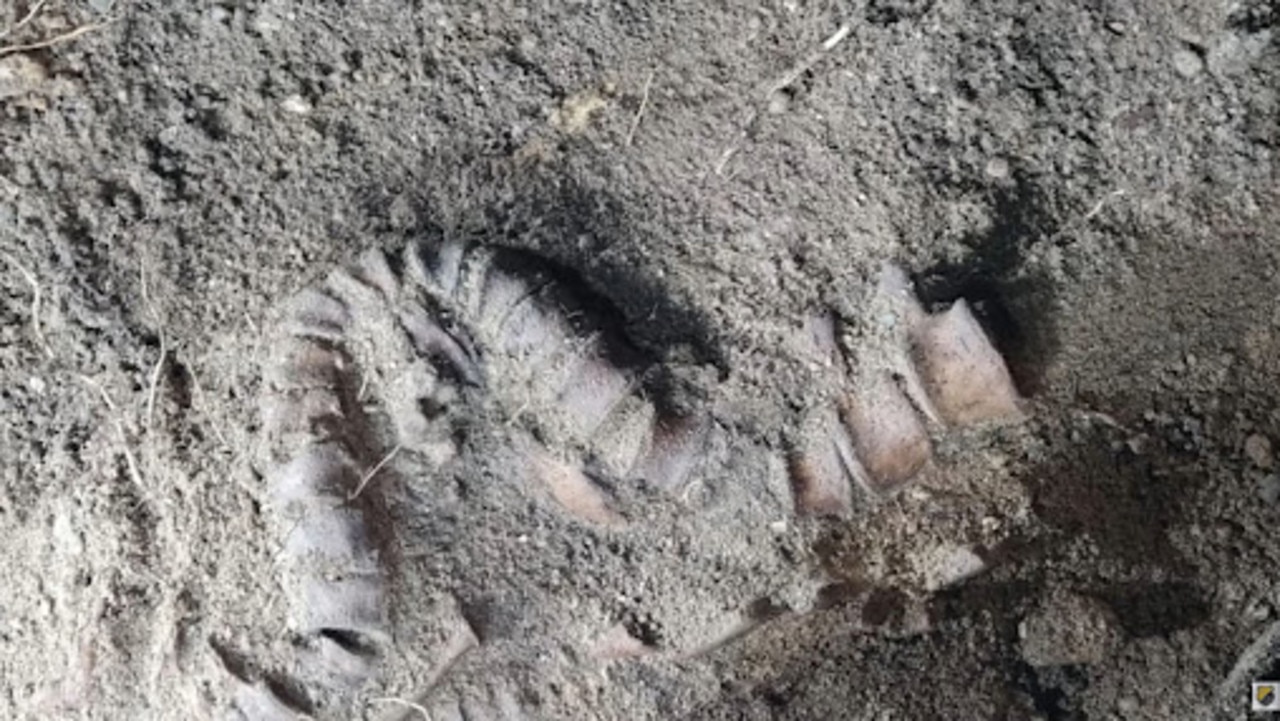
The quest for truth
The discovery of the bodies was only revealed this month after the local coroner declared the case closed.
Daniel Brodowski, spokesman for the District Prosecutor’s Office in Olsztyn, told local media that police had been unable to determine the causes of death because of the poor state of the remains.
“We could see no injuries that could indicate a criminal cause of death,” he told local media.
The prosecutor, he added, had ruled their deaths to have been war-related. That’s despite initial dating efforts reportedly placing the time of death at some point between 1918 and 1939.
The Wolf’s Lair headquarters was only completed in 1941.
But the skeletons were right up against 1940s-era plumbing, indicating construction workers would have found the remains if they had been there before the villa was built.
Now, the Latebra Foundation and Srokowo Forest District say they will seek more accurate radiocarbon dating of the bones to determine the time of their death.
“We want to continue to co-operate with the prosecutor’s office because the key to solving this mystery would be to determine the date of burial: whether it comes from the 1920s, or from 1940 or 1945,” Piotrowicz explains.
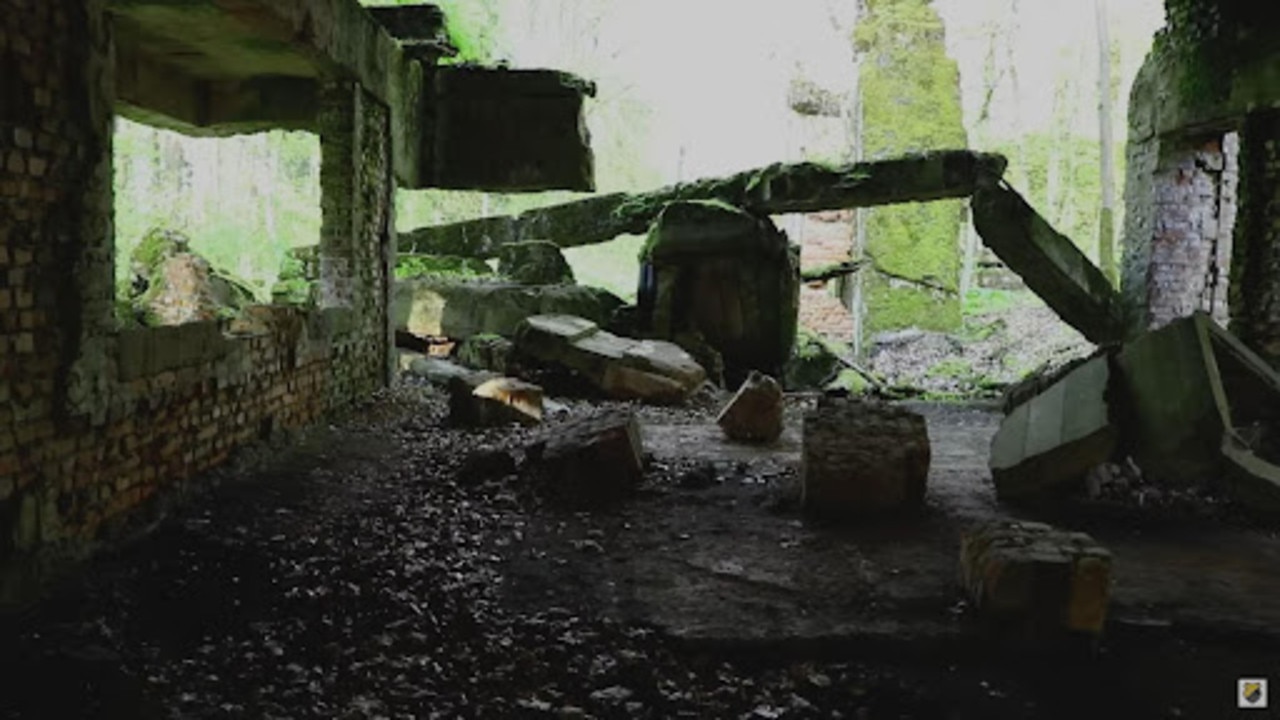
As curator of the site, he has his own ideas as to what happened to the mysterious five.
“After the Germans blew up the Wolf’s Lair, after the entry of Soviet troops, the NKVD (Soviet Secret Police) were stationed in Hitler’s former headquarters of the Wolf’s Lair for half a year – searching for various documents, souvenirs and treasures,” he told local media.
“If anyone accidentally appeared there, they were liquidated without explanation. The winter of 1945 was very frosty, so it may have been easiest to bury the bodies by shovelling some sand under a nearby building.”






